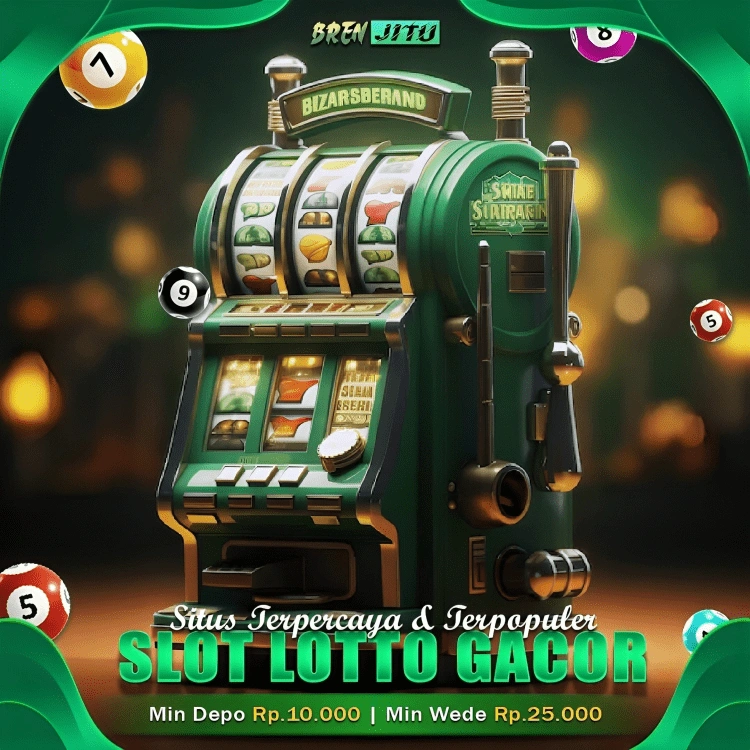Best Games by Genre: How Excellence Looks Different Across Categories
When discussing the best games, it’s important to recognize that greatness varies depending on genre. What makes an RPG memorable may not apply to a shooter, puzzle game, or platformer. Each genre has its own standards for excellence, and the best games are those that not only meet but redefine those expectations.
In the world of RPGs, storytelling, world-building, and player choice often take center stage. Games like Final Fantasy X, apk slot Persona 5, and The Witcher 3 are celebrated not just for their length or visual quality, but for how deeply they immerse players into richly developed worlds. These titles offer complex characters, moral dilemmas, and emotionally charged moments that keep players invested for dozens—if not hundreds—of hours.
For action-adventure games, pacing and gameplay variety are crucial. Uncharted 4: A Thief’s End and God of War (2018) exemplify how dynamic combat, puzzle-solving, and exploration can work together seamlessly. These titles don’t just throw enemies at the player; they build narrative and emotional tension while providing engaging action.
Meanwhile, first-person shooters like Call of Duty: Modern Warfare or DOOM Eternal earn their “best” status by nailing core mechanics: tight controls, responsive movement, and weapon variety. But what elevates them is how they marry these mechanics with level design and visual spectacle, creating adrenaline-pumping experiences.
Puzzle games like Portal 2 and The Witness redefine how players think, often challenging logic, perception, and spatial reasoning. They stand out not because of graphics or combat, but because they offer intellectual satisfaction that lingers long after a puzzle is solved.
In survival horror, Resident Evil 4 and Silent Hill 2 remain iconic because they blend fear, resource management, and environmental storytelling. The best games in this genre don’t rely solely on jump scares—they immerse players in dread and force them to make meaningful, risky decisions.
Greatness in gaming isn’t one-size-fits-all. Each genre has its champions—games that redefine the rules and set new standards. Understanding what makes a game the best within its category offers a deeper appreciation for the diversity and creativity the gaming world has to offer.






